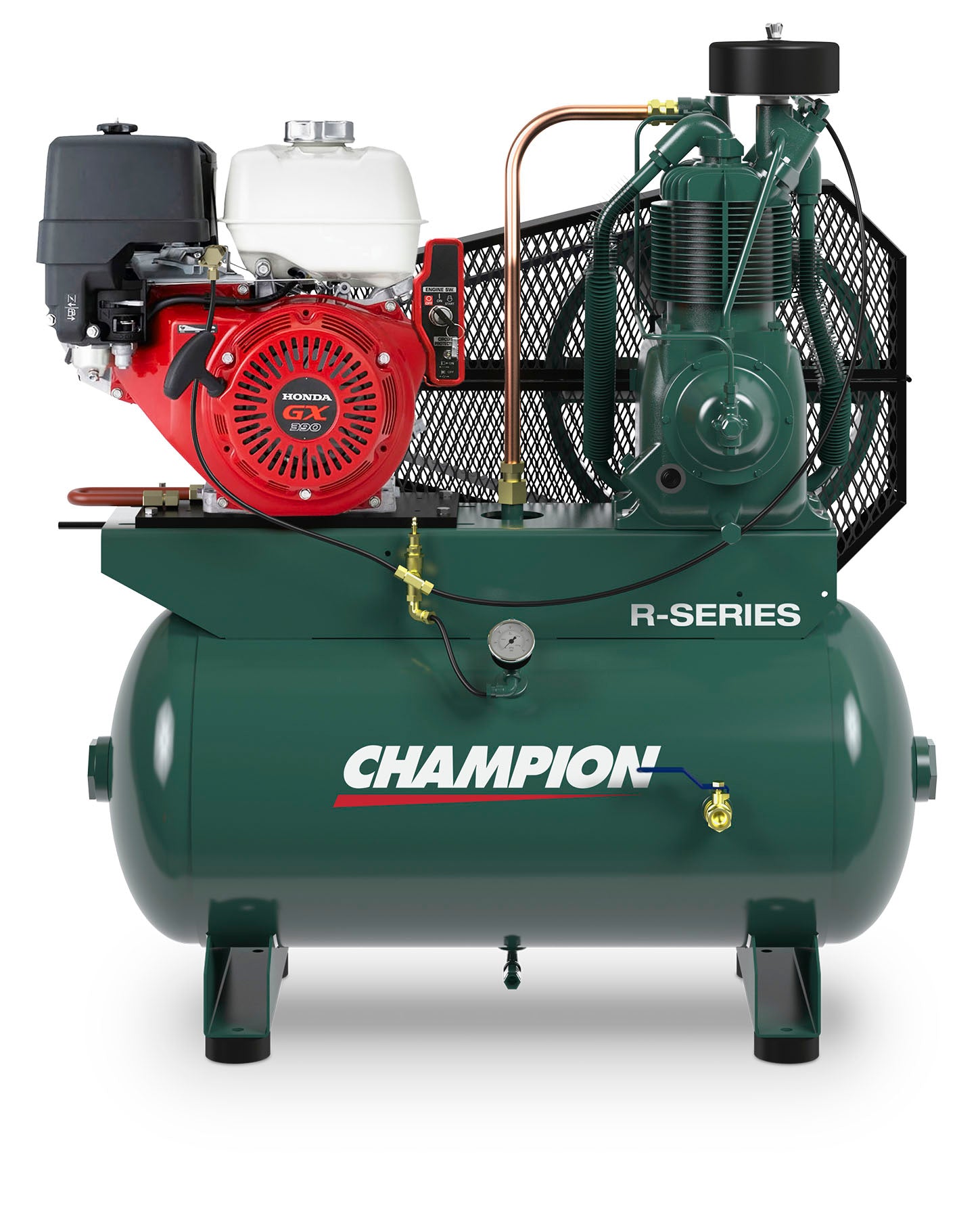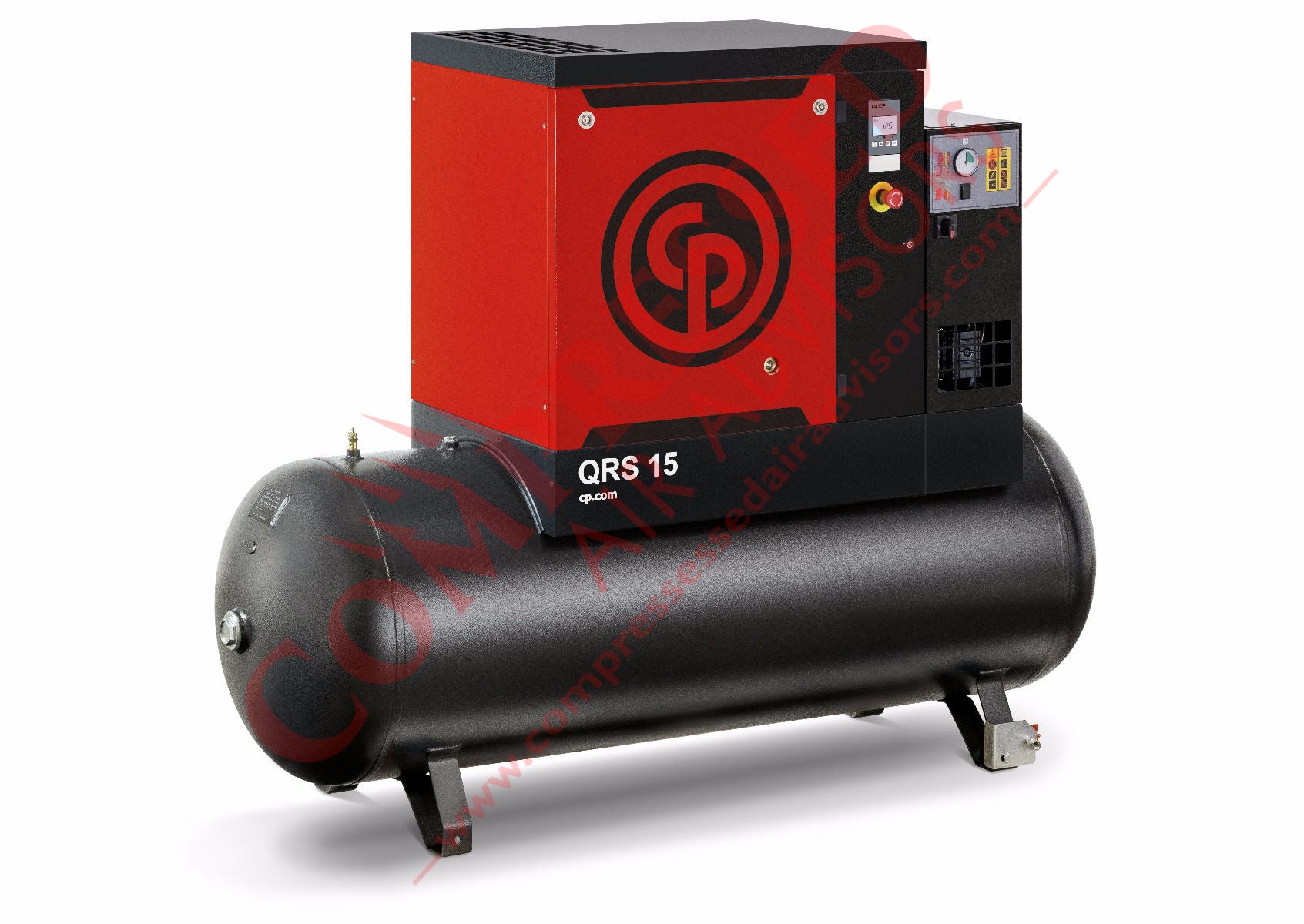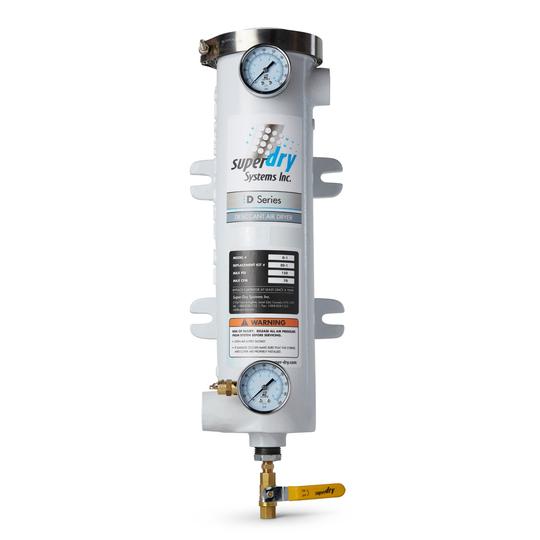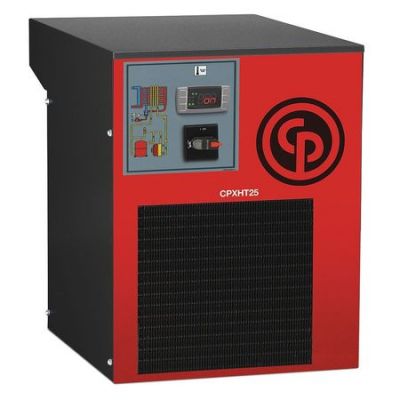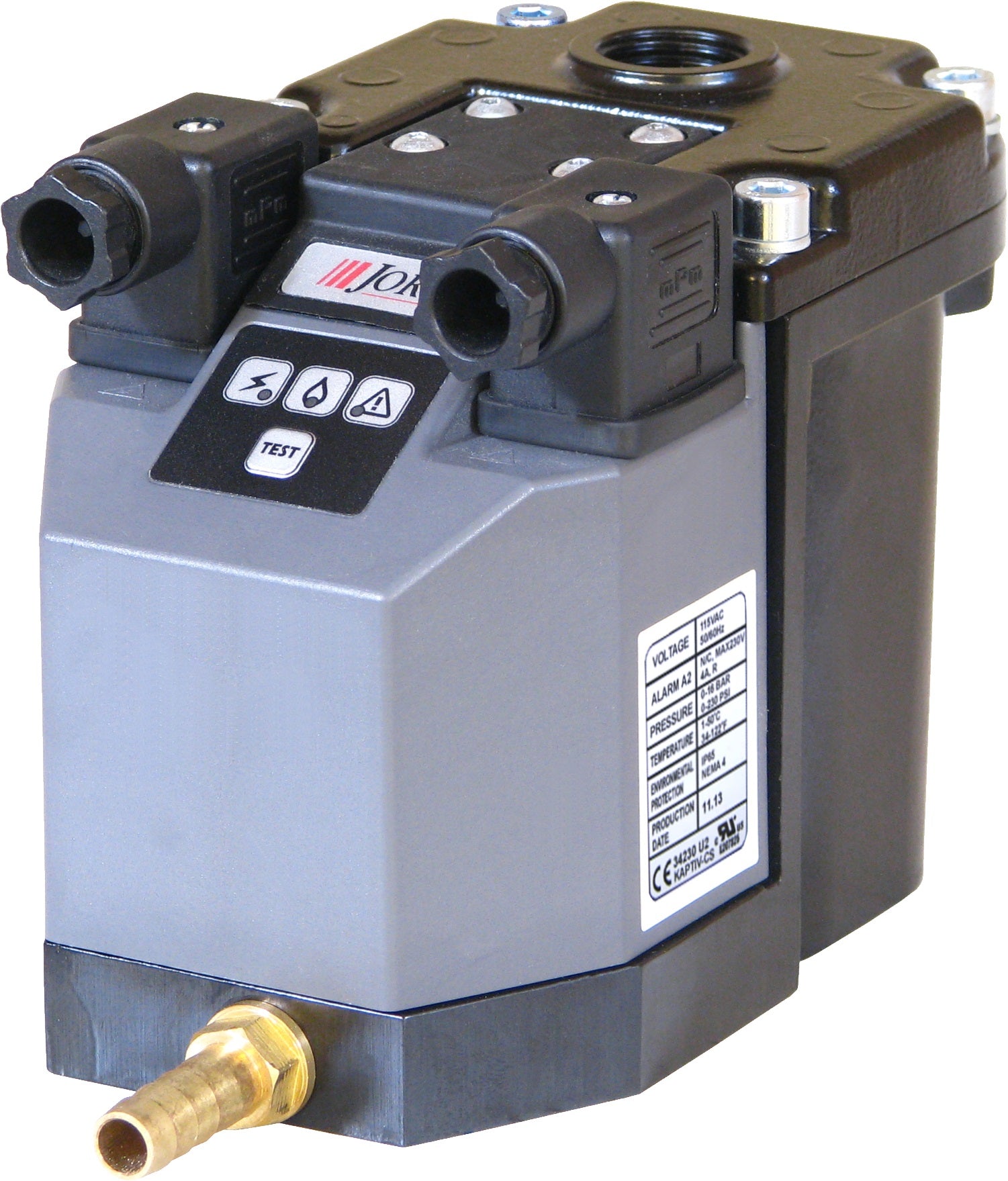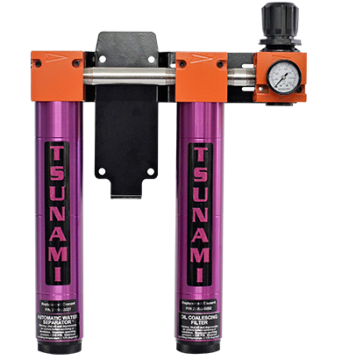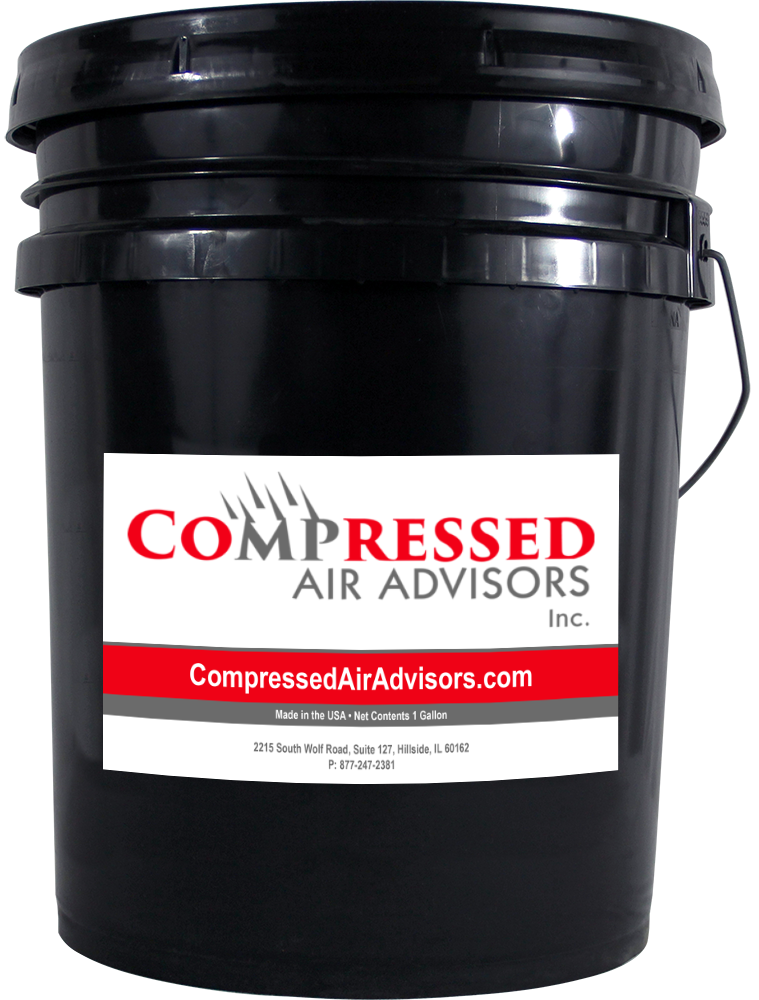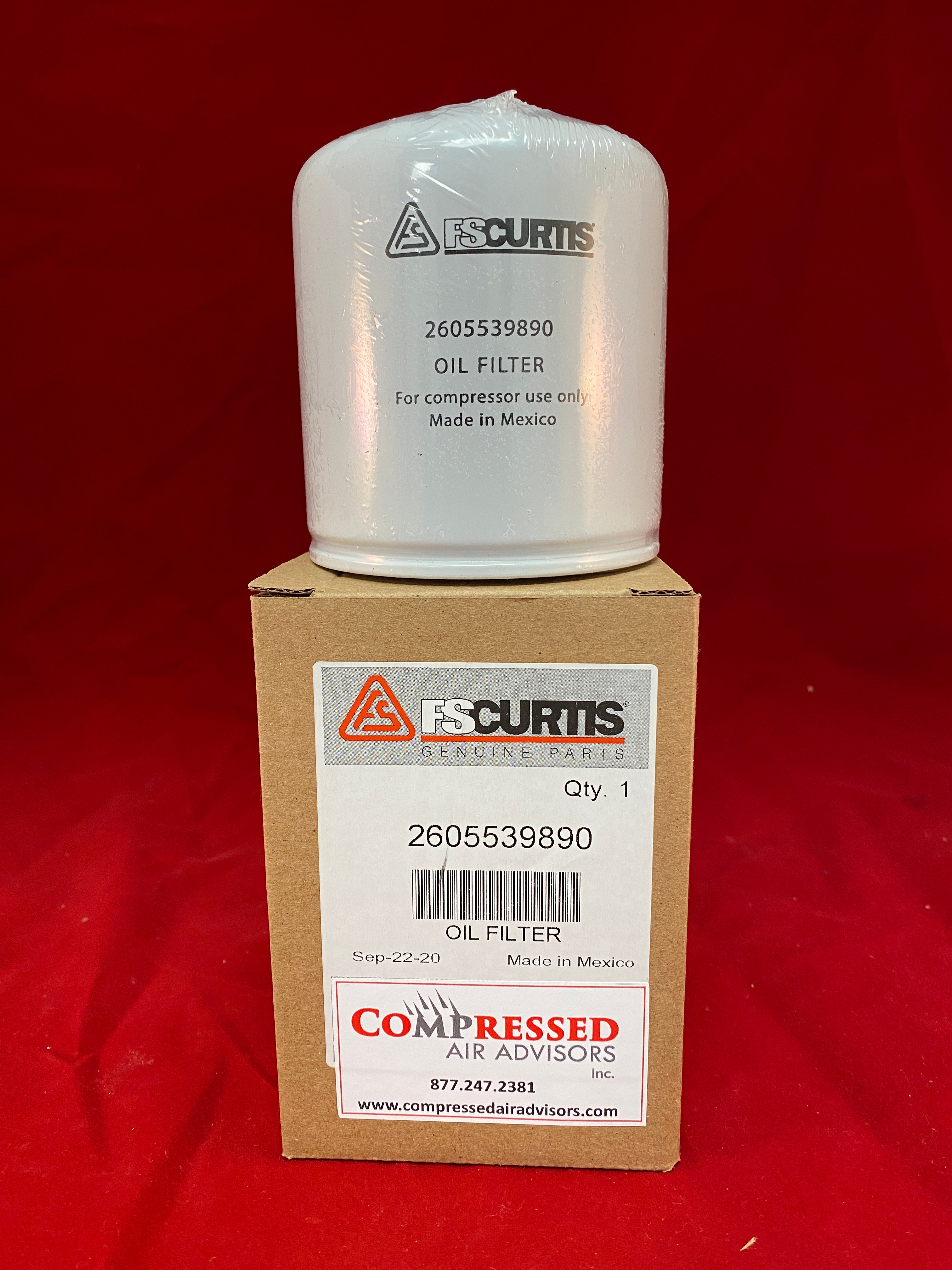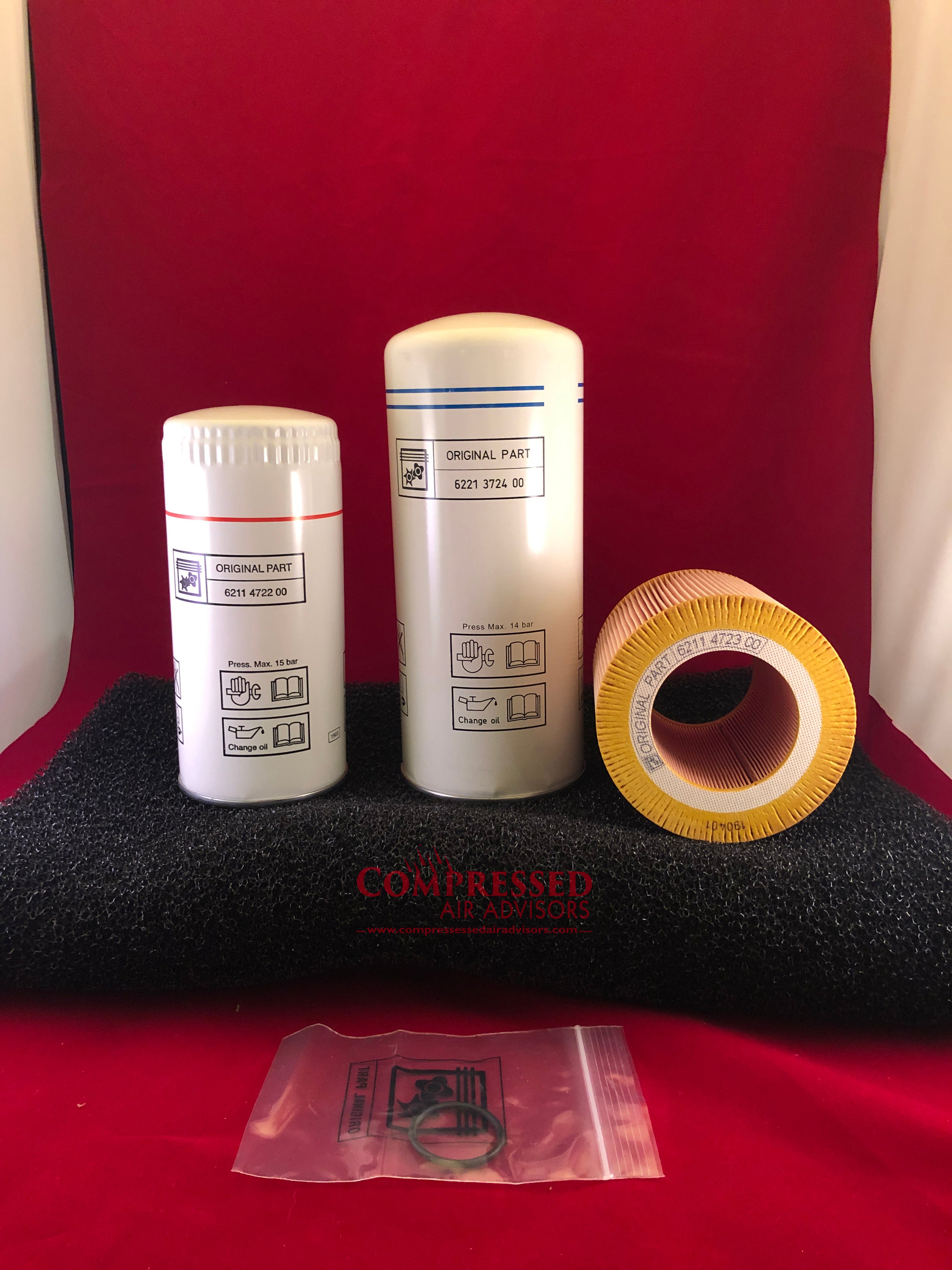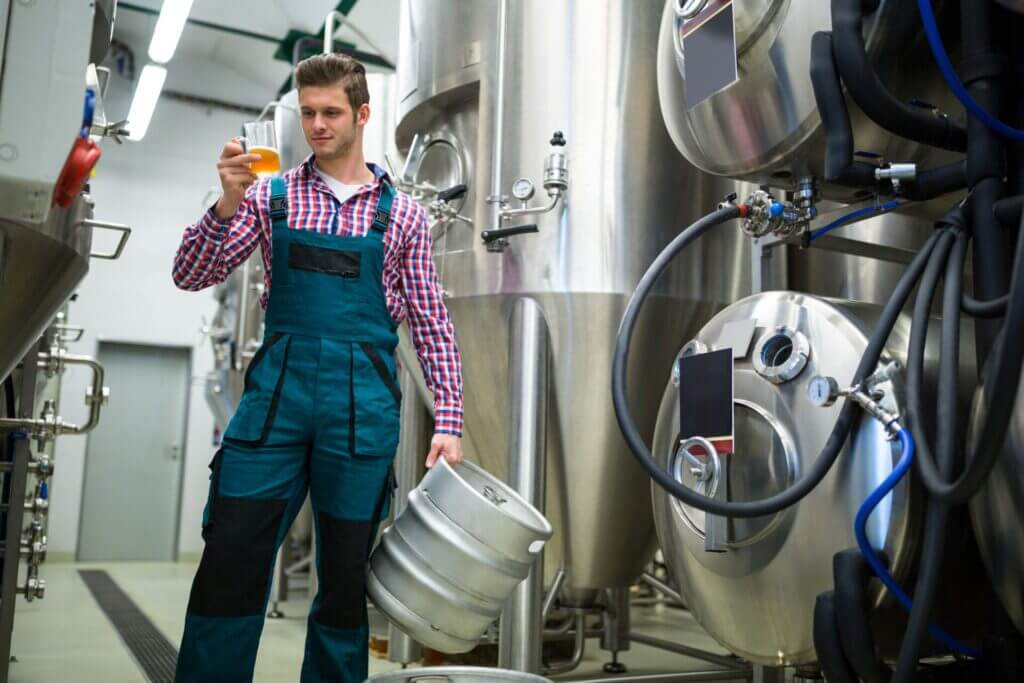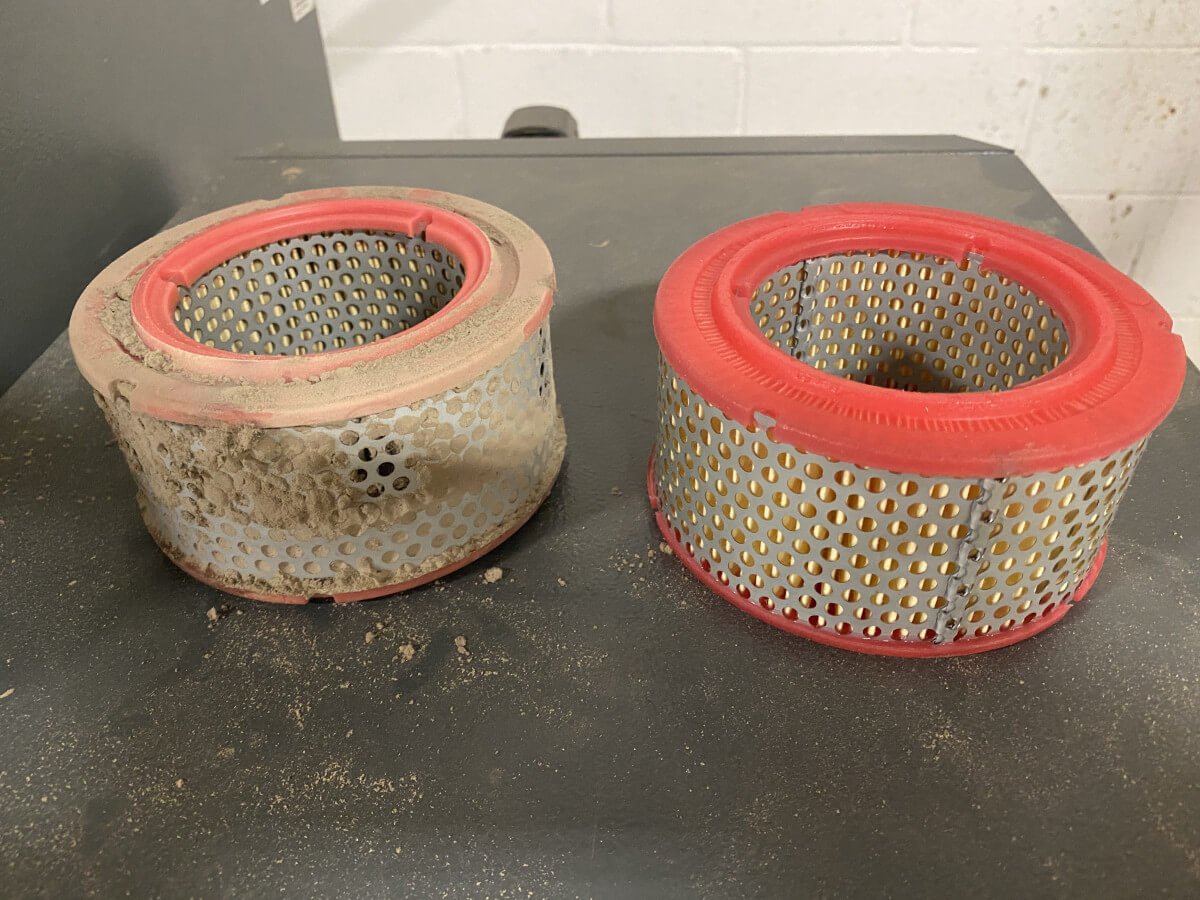Gary Panttila, FS Cutis Channel Partner Manager West Region
Demand-side issues in industrial compressed air systems are overlooked and underestimated. The awareness of energy consumption is a crucial piece of the puzzle. In recent years, there has been a greater focus on resolving issues related to this to maximize compressor efficiency.
The energy consumed by a compressed air operation is a large part of most manufacturers’ expense budget. The Department of Energy has issued strict mandates to help reduce energy costs through more efficient equipment. However, the best practices come from every manufacturer and compressor supplier, having an increased understanding and awareness of how to best operate their systems.
To start, be sure the supply side is appropriately engineered, and a proper maintenance plan is in place, especially for components that could cause substantial pressure to drop. Components, storage, and piping all contribute to efficiency or the lack of it. Downstream air compressor pressure drop is a significant contributor to an inefficient system.
A brand new, immaculate compressed air operation has a pressure drop in it. To avoid complications, filter maintenance, separators, and air dryers all need to be maintained according to each system. Piping restrictions either at the initial design/installation or as additions to the facility will cause additional problems. If receiver tanks aren’t adequately drained, water will cause reduced storage and cause more cycling and pressure drop problems.
In many cases, pressure drops are improperly corrected by increasing the header pressure; which increases energy consumption. For every 2 PSIG, we raise the pressure; it adds 1% to the energy consumption, which becomes a significant problem.
The solutions are simple but effective. Minimize pressure drop through proper system maintenance and follow up with a professional audit. Audits will define the exact area, the duration of events causing problems, and identify the monetary effect of resolving the demand-side pressure drop issues.
System efficiency requires minimal pressure drop. It’s also imperative that leaks are addressed and repaired. Once that is achieved, the goal is to reduce the delivered air pressure to its most effective operating pressure. By controlling the header pressure, we minimize artificial system demand through leaks at higher pressure.
Actions required:
- Locate and overcome pressure drop through maintenance and an audit.
- Identify and repair leaks.
- Identify other artificial demands, like unregulated blowguns and blow-offs that can be lowered in pressure to have the same effectiveness.
- Reduce operating pressure in the header through a flow controller.
- Implement all hands policy to monitor system conditions and repair problems immediately.
To learn more about maximizing the efficiency of your system, contact Compressed Air Advisors, Inc. info@compressedairadvisors.com



